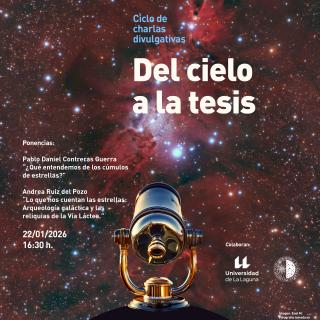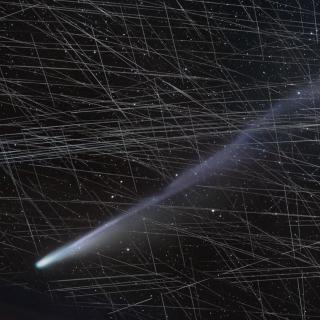
El ciclo de charlas divulgativas Del Cielo a la Tesis, impulsado por el estudiantado predoctoral del Instituto de Astrofísica de Canarias (IAC) y la Universidad de La Laguna (ULL) para acercar la investigación en astrofísica a la ciudadanía, celebrará una nueva sesión el próximo 22 de enero de 2026 a las 16:30 horas en el Museo de la Ciencia y el Cosmos, del Organismo Autónomo de Museos y Centros del Cabildo de Tenerife. En esta ocasión, la cita propone un viaje al pasado de nuestra galaxia a través de dos ponencias que abordan cómo se forman y evolucionan los cúmulos de estrellas y cómo las
Advertised on




